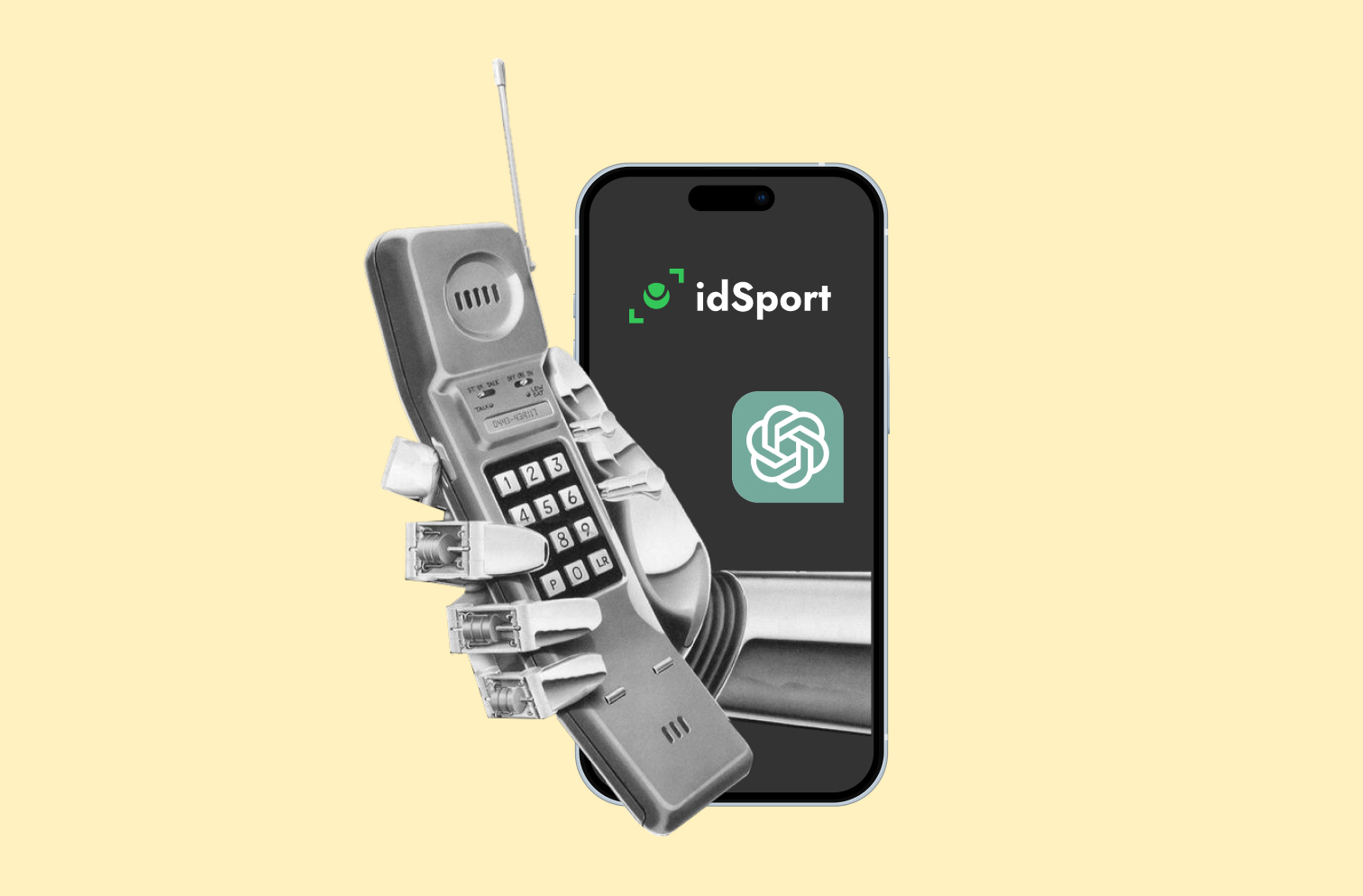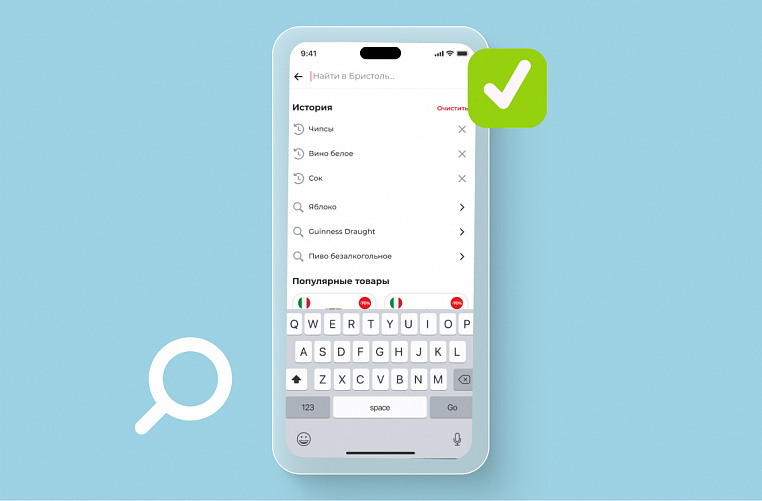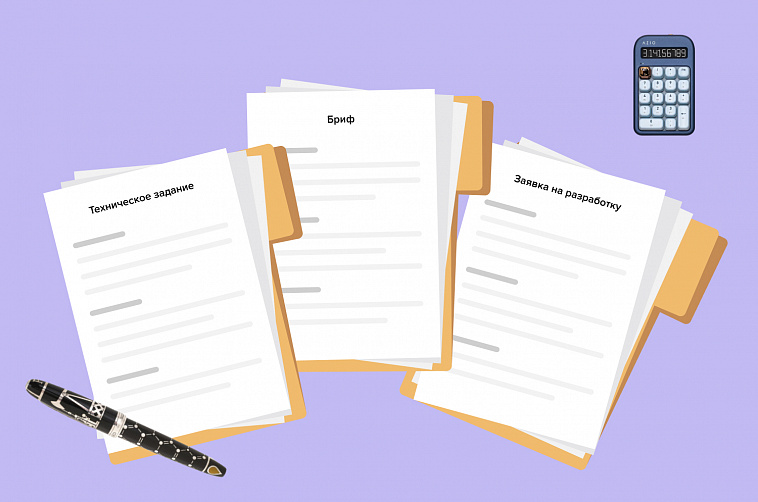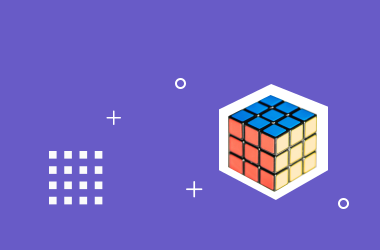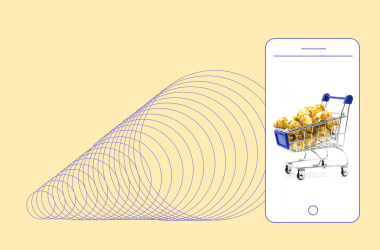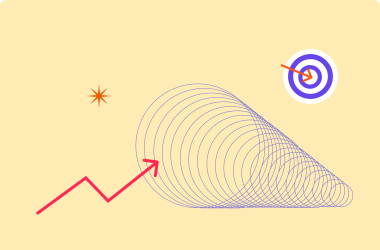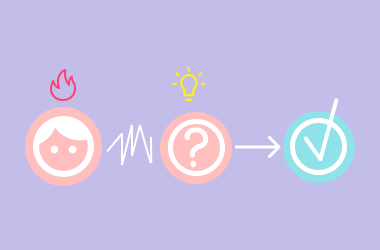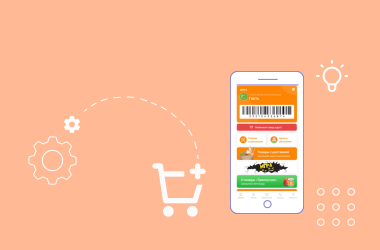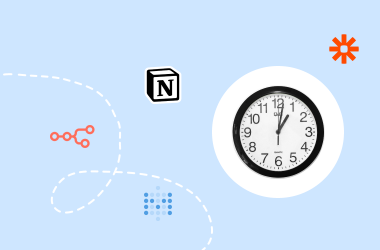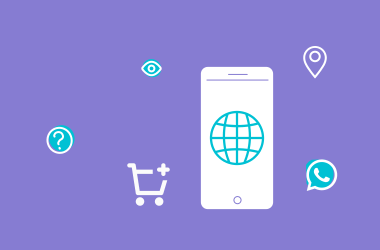We at Friflex create mobile applications with artificial intelligence and firmly believe that AI has a bright future in mobile development. Here are five trends our team will be particularly attentive to this year:
Democratization of Artificial Intelligence
French scientist and lead AI researcher at Meta, Yan Lekun, predicts that in the future, AI systems will become intermediaries in all our interactions with the digital world. Indeed, artificial intelligence is becoming increasingly accessible, much like the internet or iron years before.
AI apps assist in various fields from agriculture to sports, where the idSport platform makes professional statistics and analytics available not only to professionals but anyone with a mobile phone.
You can play chess with idChess, billiards with idBilliards, football with idBall, or draughts with idDraughts. Computer vision precisely calculates the accuracy of a billiard shot, convolutional neural networks classify chess pieces on the board, and machine learning helps to capture exciting moments in football or draughts games.
AI Content Moderation
Generative AI models are becoming more accessible, and developers are increasingly using them in mobile applications. Meanwhile, various organizations are pondering how to make AI content safe and accurate.
For example, ChatGPT can provide plausible but false answers. Gartner analysts believe that other risks are associated with generative artificial intelligence as well. What if AI reveals trade secrets or discloses personal data?
While certainty is lacking, Google is already planning to enhance AI content moderation in Google Play apps. When the new rules take effect, users will be able to report content or flag inappropriate materials in apps with generative artificial intelligence. However, these rules will be only applied to some of the mobile apps, the company abstractly notes.
At the same time, artificial intelligence is being used to moderate messages and posts on social networks and communities. Facebook has been doing this for five years now. Over the past year, the social network has trained AI to remove 95% of hate speech before anyone sees it.
Local Generative Neural Networks
Generative neural networks are most often placed in the cloud. Thus, they have enough computational power to, for example, use large language models with billions of parameters. Therefore, until recently, most mobile applications based on generative AI did not work offline.
Last year, there was talk of local generative neural networks: Google added one to the Pixel 8 Pro. It's called Gemini Nano. Gemini Nano can analyze voice recordings and suggest responses in messengers. More importantly, it works offline and quickly processes requests.
Of course, local networks are much smaller than the cloud ones, and their capabilities are not as interesting. But researchers are looking for ways to allow large language models to work when memory is limited. For example, Apple engineers have recently taught the LLM neural network Falcon 7B to output data four to five times faster with half the memory required.
"Second Pilot" in Development and Design
Artificial intelligence can be a "second pilot" for developers: helping to design, write code, and test mobile applications. Gartner analysts predict that AI will positively impact programmer productivity, as they will be able to spend less time writing code and more time thinking about strategy.
The Friflex team has already tried connecting AI to work. One of our developers, Andrey Nesterov, tried using ChatGPT to build a training pipeline for image classification. And he concluded that the right solution to a complex task can be achieved through a series of clarifying questions.
At the stage of designing the interface and its various elements, generative artificial intelligence also comes in handy. It can be assigned routine tasks. For example, gathering references or styling images.
"We generate images with Midjourney for banners and system notifications in mobile applications. You don't need to create 3D models, draw from scratch, or search on stocks: the neural network will make the picture faster. Also, Midjourney can be used to create backgrounds and graphical elements for interfaces in different styles," shared UI/UX designer Alina Sidorenko.
Personalized User Experience
In 2024, users still want mobile applications to understand what they want without unnecessary words. For example, in retail, they respond more willingly to offers specifically addressed to them.
There is a range of AI-powered tools to personalize user experience in a mobile application. For example, machine learning systems help identify connections that are difficult to detect by standard methods.
And a deep learning engine can be configured to anticipate user preferences by comparing them to others. This is how Spotify selects music: it suggests compositions that users with similar tastes enjoy.
In summary, artificial intelligence continues to change mobile development. In 2024, we will be closely watching:
- How AI becomes even more accessible and opens up many professional tools to everyone with a phone.
- How companies and regulators strive to moderate AI content and simultaneously use AI for content moderation.
- How local generative neural networks evolve.
- How AI assists developers and designers in creating mobile applications.
- How personalization in mobile applications reaches a new level thanks to AI tools.
And we will continue to develop AI solutions ourselves. If you want to integrate AI into your mobile application, you can fill out a brief. We will study your project and help to find a suitable solution.

